-
Posts
190 -
Joined
-
Last visited
-
Days Won
1
Content Type
Profiles
Forums
Blogs
Gallery
Events
Store
Posts posted by Chris Dale
-
-
Thanks guys, hope you like it!
Cheers
Chris0 -
I'm very happy to announce that my new book 'Traditions of the Imperial German Infantry Regiments' is out on Amazon.
This book takes a look into the histories of each of the two hundred and seventeen infantry regiments (and eighteen light infantry battalions) that made up the Imperial German army. We trace the regiments of 1914 back to their roots as the famous Potsdam giants, the Hessian mercenaries in America, the Bavarians who allied to Napoleon and the Prussians who arrived just in time to defeat him at Waterloo. Their histories are many and varied. Some of the earliest regiments had their origins in Dutch, Swedish or British service, while other later units were raised from conscripts in annexed territories, many of whom did not even have German as a home a language but spoke Polish, Czech, Danish, French or Alsatian as a mother tongue. We also examine how the different traditions of each regiment often determined their uniform distinctions as royal monograms on shoulder straps, battle honours on their helmet plates or different coloured cockades on their headdress.
The 250 page full colour book is richly illustrated with period photographs and paintings, dozens of photographs of Pickelhauben in modern collections and exclusive new illustrated charts of every regiment.
“Every once in a while, a book comes along in the World War One niche that makes you pause, catch your breath and realize what you have just digested. This timely and authoritative book should be on the shelf of every serious student of the First World War.”
Joe Robinson (Colonel J's Pickelhaube Musings)
It's available in print from all Amazon outlets worldwide, such as:
https://www.amazon.co.uk/dp/B08SP2PK2V/
https://www.amazon.com/Traditions-Imperial-German-Infantry-Regiments/dp/B08SP2PK2V/
https://www.amazon.de/Traditions-Imperial-German-Infantry-Regiments/dp/B08SP2PK2V/0 -
I would certainly be interested in such a book!
0 -
Hi Chris,
Yes, in 1905 there were five Fuhrpark Kolonne. However the 2nd, 3rd and 5th were titled "(Proviant-) Kolonnen-Abteilung" rather than (Fuhrpark-) Kolonnen-Abteilung as were the 1st and 4th-
1. (Fuhrpark-) Kolonnen-Abteilung
2. (Proviant-) Kolonnen-Abteilung
3. (Proviant-) Kolonnen-Abteilung
4. (Fuhrpark-) Kolonnen-Abteilung
5. (Proviant-) Kolonnen-Abteilung
Perhaps the armourer didn't make that distinction? Perhaps the distinction was made after the bayonets were issued? Or perhaps as you suggested it has made the journey back from the Western Front?
Cheers
Chris
http://genwiki.genealogy.net/Schutztruppe_für_Deutsch-Südwestafrika_(Kaiserreich)0 -
Hi Chris,
Yes, that of course is an outside possibility and I'm always up for devil's advocate arguments in general but FP5 seems a plausible marking to me for the reinforcements of 1904-05, and the S71/84 would seem a more practical and shorter bayonet than the S98 offered to the new frontline Schutztruppe units.
...and thank you for the compliment Bayern. But I admit it is not without faults.
Cheers
Chris0 -
I've just got back from a trip to Namibia. I spent week in the sun while the UK shivered but of course the you know the weather wasn't the real reason I was there. I was of course looking for DSWA remains. I found the expected Swakopmund museum, the Reiter memorial in Windhoek, a few artillery pieces at the Alte Fest etc etc.
But one real surprise was in a seond hand shop in Swakopmund. Amongst all the usual brick-a-brack in a glass cabinet was a bayonet. I took a closer look- an S71/84 with unit markings! Isn't this then the oldest DSWA bayonet we've seen?
I couldn't photograph it well in the case so I told the shopkeeper honestly, “You've got a great bayonet there. I can't afford it and even if I could I couldn't take it back to UK in my luggage, do you mind if I take some close up photos of it out of the case?” and gave him a tip in Namibian Dollars for the favour.
It's not in great condition and the markings are faint. They seem to read “5.FP 2.123”. 5. Fuhrpark-Kolonne?
The date mark is W?8 and I couldn't read the maker mark at all. But there's a tag on the bayonet saying 1888 and Weyersburg, which of course would seem to be a very good guess.
Any comments appreciated.
Cheers
Chris0 -
According to Reinhard Schneider's "Die Kaiserliche Schutz und Polizeitruppe fuer Afrika". The 1904 DSWA reinforcements had S98 (Lange)- but their artillery and MG units had kS98. Then in 1909 all DSWA Schutztruppe were issued kS98.
I think that ties in with what we see in collections, roughly?
Cheers
Chris0 -
Glad to help and share.
Cheers
Chris0 -
Thank you for your help Gentlemen. This photograph was taken in 1939, yet as I undertsand it such unofficial awards were banned from 1935 or was that not so strictly adhered to?
I guess I'm answering my own question at the same time as asking it..." In the same way, it would be nice to read the three spange on the DSWA ribbon. One is almost common. Finding two is nice, but three is a real treat. "
But notice the other (perhaps officer) next to him has four clasps on his!!!!0 -
Thanks for that Andreas!
0 -
-
I stumbled across the New Zealand Archives last night where they have digitised many of the German documents they captured on Samoa in 1914. There's an awful lot there to go through including service files on individuals, a file on military matters, loads of trading forms-
https://www.archway.archives.govt.nz/ViewRelatedEntities.do?code=6051&relatedEntity=ItemBut perhaps most interesting for us, a file on Medals and Orders. I'm midway through reading handwritten lists of all the overseas engagements that qualified for a Colonial Service Medal-
https://www.archway.archives.govt.nz/ViewFullItem.do?code=24050353&digital=yesCheers
Chris0 -
A friend of mine is selling a French 1859 Italian Campaign medal on ebay. Thought it might be of interest to some of you-
http://www.ebay.co.uk/itm/FRENCH-FRANCE-Napoleon-III-Military-silver-medal-of-the-1859-Italian-Campaign/332123456992
Cheers
Chris0 -
Thanks for rekindling this thread Fross, nice addition!
Cheers
Chris0 -
Great bar, thanks for sharing!
0 -
In old B&W photos the yellow of a the Kaiser Wilhelm Centenary medal ribbon usually appears very dark. The medal itself is also noticably large. I think these guys are wearing the China medal and that its stripes cannot be seen in this slightly blurred picture. Here's a photo from the P Klein collection of an East Asian Bugler with the Centenary medal.
Cheers
Chris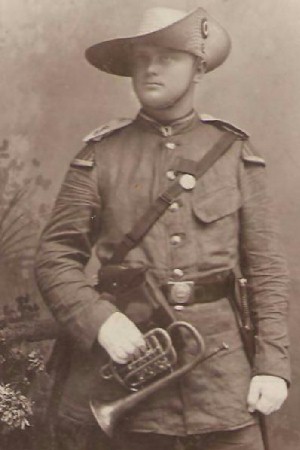 0
0 -
The model 71-84 Mauser Bayonet as worn by Askaris troops in D.O.A. as they were equipped with the old Mauser 71 rifles .These phots are once again with the compliments of Old-Smithy.info
 German 71-84 DOA.JPG
German 71-84 DOA.JPG German 71-84 DOA left hilt.JPG
German 71-84 DOA left hilt.JPG German%2071-84%20DOA%20right%20crossguard.JPG
German%2071-84%20DOA%20right%20crossguard.JPG German 71-84 DOA scababrd marks.JPG
German 71-84 DOA scababrd marks.JPG German%2071-84%20DOA%20spine.JPG
German%2071-84%20DOA%20spine.JPGThis bayonet is very interesting as it has previous Saxon army markings. Note the spine marked King Albert of Saxony rather than Wilhelm II of Prussia as is usually seen on colonial bayonets...
Cheers
Chris
0 -
The identifying factor is that they are all E&F Hörster 1913 wooden gripped kS98 bayonets. I think this batch were all for colonial issue. Has anyone seen one for home army use?
Cheers
Chris0 -
It may be that some of the Hoerster 1913 unmarked bayonets went to DOA but the Imperial War Museum had one on display with an old handwritten tag saying that it was captured in DSWA.
Cheers
Chris0 -
Hi Claudio,
Thank you very much. I'm glad you liked it. Of course the medals section of the site owes a great debt to the members here!
Cheers
Chris0 -
Thanks for posting those photos Claudio. You've reminded me that I need to go back again!
Here's some of my photos from the museum (I concentrated on their colonial items)-
http://s400910952.websitehome.co.uk/germancolonialuniforms/militaria/ingolstadt.htm
Cheers
Chris
0 -
Thanks for posting those photos Claudio. You've reminded me that I need to go back again!
Here's some of my photos from the museum-
http://s400910952.websitehome.co.uk/germancolonialuniforms/militaria/ingolstadt.htmCheers
Chris0 -
...and here he is, from Traditionsverband.de -

Cheers
Chris
0 -
Thanks Alex, glad you enjoyed it...
CheersChris
0




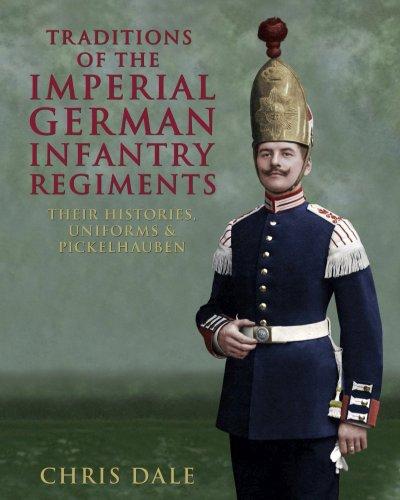

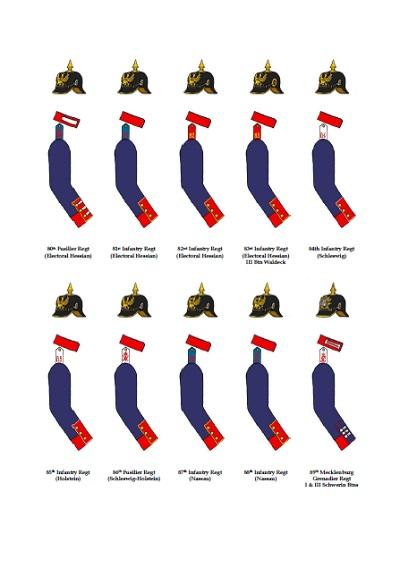
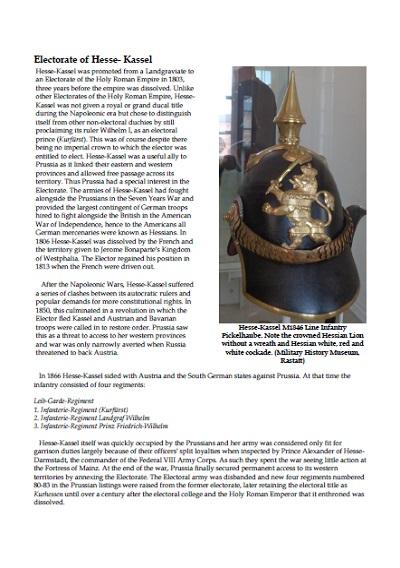
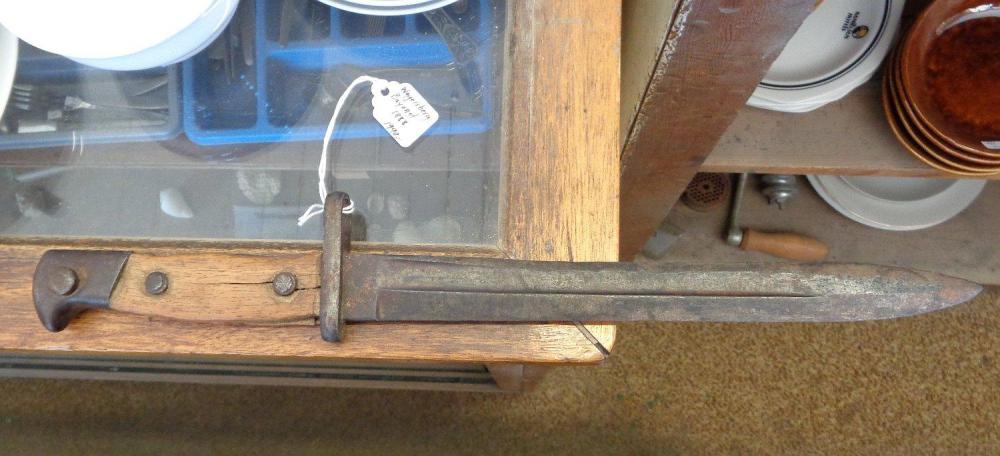
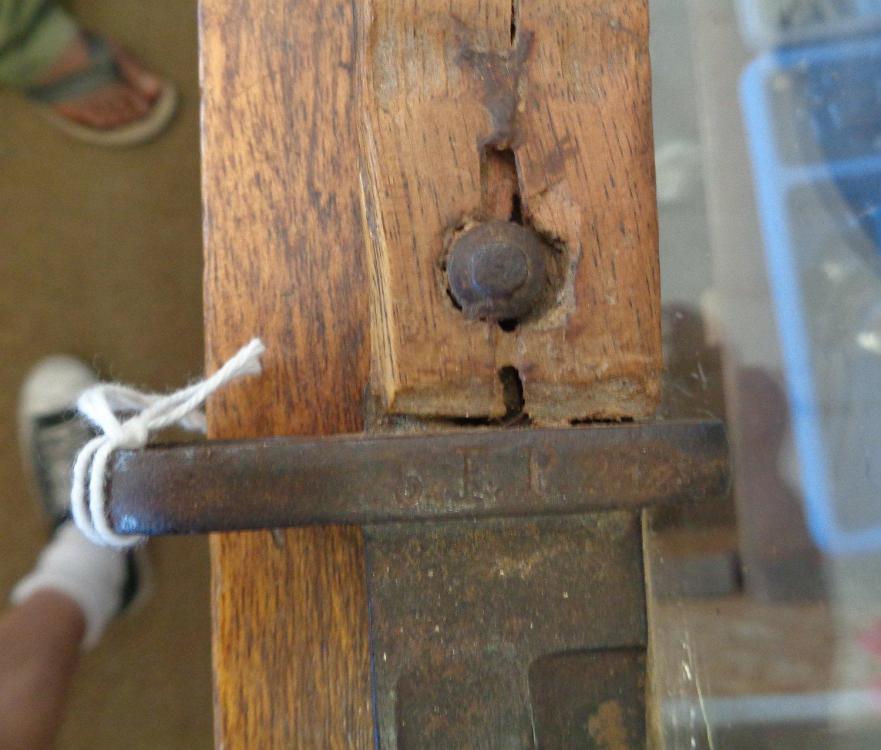
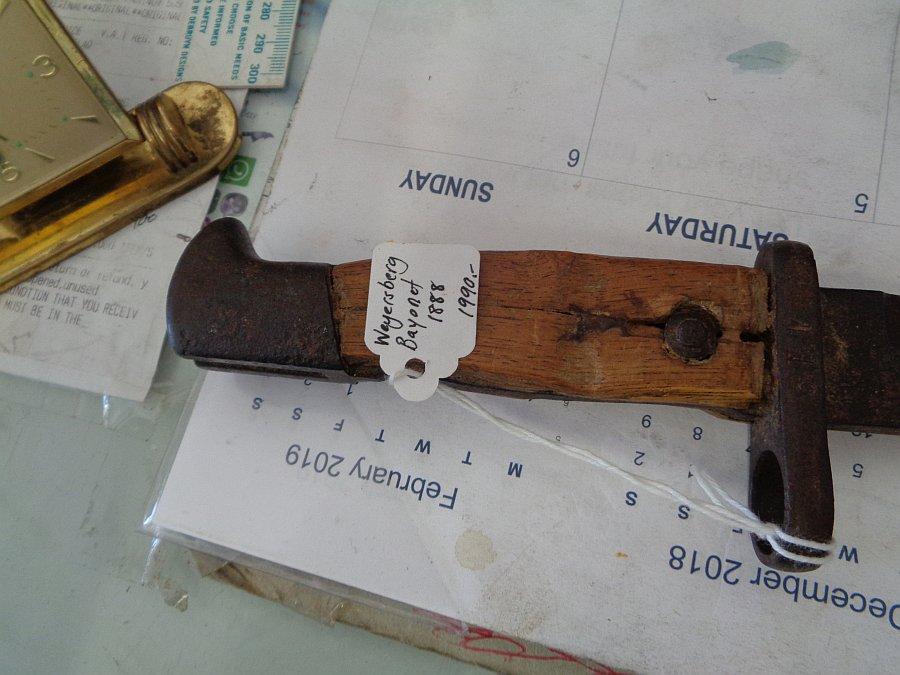

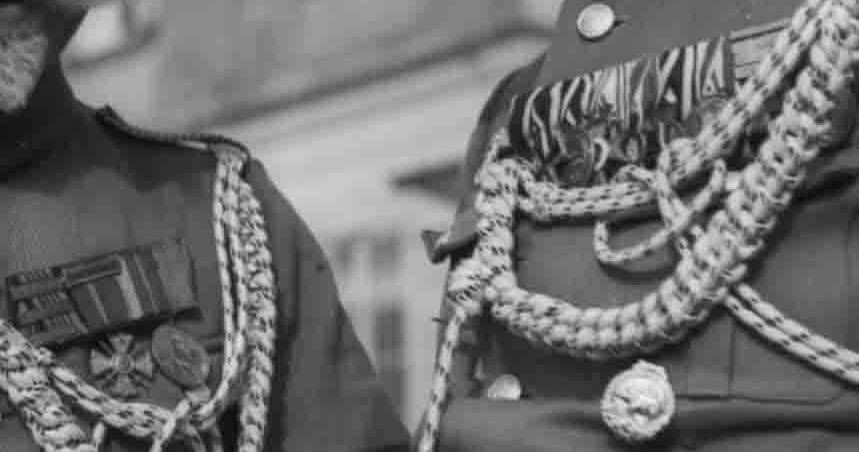
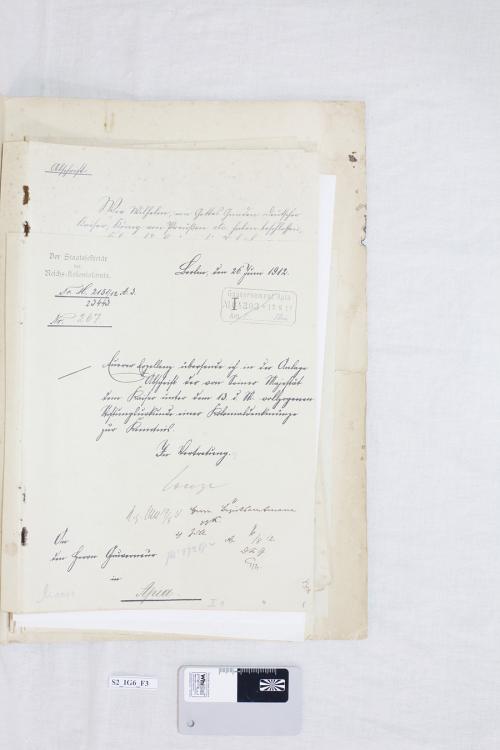
New Book- Traditions of the Imperial German Cavalry Regiments
in Germany: Imperial Uniforms, Headwear, Insignia & Personal Equipment
Posted
My new book is out now on Amazon print to order. 'Traditions of the Imperial German Cavalry Regiments' studies the history and uniforms of each of the 110 regiments with loads of photographs of uniforms and headdress from modern collections and museums, and new illustrated charts showing the regimental variations in a clear format. More details, previews and how to order here:- http://imperialgermanuniforms.co.uk/traditionscavalry.htm